Detectives tasked with solving the savage murders of two women in 1977 may have lured the accused killer out of his safe haven in Greece with a clever ruse.
Perry Kouroumblis was just 17 when Suzanne Armstrong, 27, and Susan Bartlett, 28, were found dead in their shared home on Easey St in Collingwood on January 13, 1977.
Kouroumblis, now 65, was arrested on Thursday over the murders that shocked Australia at Rome’s Leonardo Da Vinci Airport in Italy.
Police sources told Daily Mail Australia they suspected Victorian detectives may have groomed the suspected killer to leave Greece, where he shared dual nationality with Australia.
“It’s actually a pretty sensible idea because it would have been almost impossible to extradite him from Greece,” one source said.
Australia shares a healthy extradition treaty with Italy, which ensures that Kouroumblis’ Greek nationality will not prevent his return to Melbourne.
But he was effectively untouchable while in Greece because local laws meant he could not be extradited during the 47-year manhunt for his murder.
Donald Rothwell, a professor of international law at the School of Law, said the suspected killer would likely never have been arrested had he stayed in Greece.
The Easey Street murders turned Melbourne into a city of fear in the 1970s, when people knew their neighbours and left their doors wide open at night.
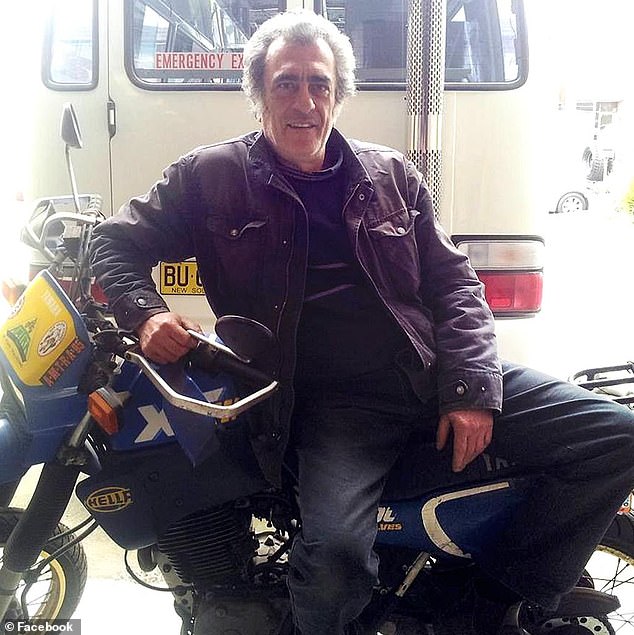
Perry Kouroumblis (pictured) was arrested at Leonardo Da Vinci Airport in the Italian capital Rome over the murders that shocked Australia.
“It appears the individual had some level of immunity while in Greece,” he told ABC.
‘Now, there are two distinguishing factors there: one is… a potential issue regarding the historical nature of these crimes and, indeed, a statute of limitations, which could have been relevant in terms of Greek extradition law.
‘But the other information we have is that the individual in question has dual Greek (Australian) citizenship.
“Some countries are very reluctant to even consider extraditing their own citizens. So those are two distinctive aspects that are not in play now.”
Last year, Australian detectives were suspected of luring a man to Australia so that US detectives could extradite him.
Former US pilot Daniel Edmund Duggan had been given security clearance to obtain an aviation licence and return from China to work in Australia in 2022.
Just days after his arrival, his clearance from the Australian Security Intelligence Organisation was revoked and he was arrested.
The former Marine had been accused of illegally helping China by training pilots for the state government’s military.
In May, a New South Wales court found he was eligible to be handed over to the United States and ordered the father of six to be sent to prison.
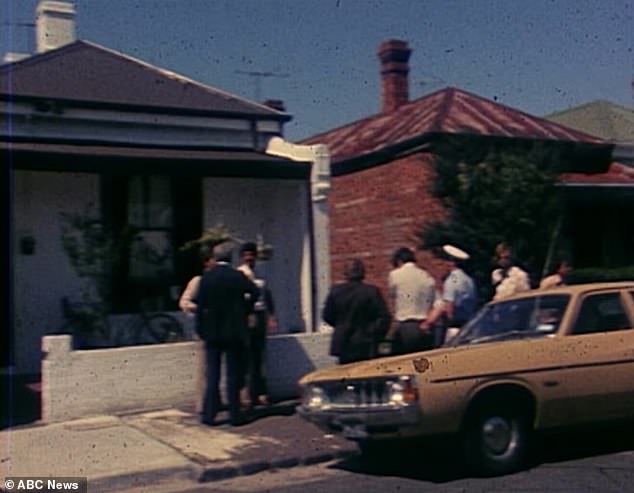
Life in 1977 was very different. Detectives are pictured outside the Easey Street house where two people were murdered.

Suzanne Armstrong (pictured) was murdered in the Melbourne suburb of Collingwood in 1977.
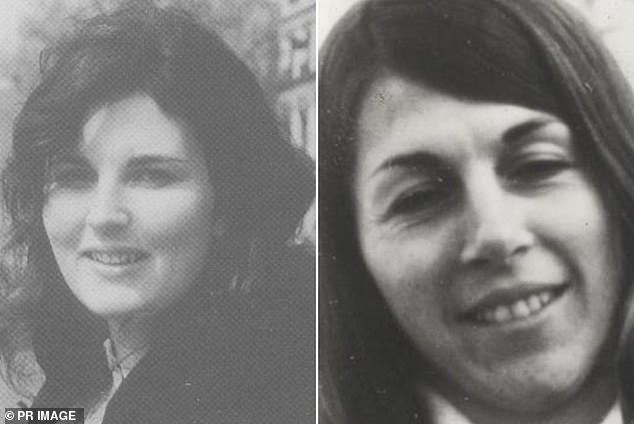
Susan Bartlett (left) and Suzanne Armstrong (right) were murdered at their home on Easey Street in Collingwood in 1977.
In 1999, UK police They framed 80 suspected criminals by sending them letters claiming they had won valuable electrical products.
The operation, dubbed “Operation Bastille,” resulted in 38 arrests of people wanted for failing to appear in response to arrest warrants in connection with alleged crimes.
The “prisoners” were asked to call a toll-free winners’ hotline and confirm that they would be home on the day their prizes were awarded.
Unaware of the trap that was closing, nearly three-quarters called the covert operations room, The Guardian reported at the time.
“We’ll leave the details of the award to your imagination,” Detective Bruce Ballagher said.
‘People have been so greedy that some were so excited they tried to stop the undercover delivery vans before we got to their addresses.’
On Sunday, Victoria Police Chief Commissioner Shane Patton said he did not know why Kouroumblis made the mistake of leaving his safe haven.
‘I understand that in Greece there is a 20-year statute of limitations for bringing murder charges.
“Our arrest warrant was not issued within that 20-year period, so it was a matter of waiting, so to speak, until he was out of Greece,” he told reporters.
‘I do not know the reason why the suspect was in Italy or was passing through Rome or heading to Rome.
“All I know is that, thanks to the court orders in place and the work with Interpol, the red notice has worked.”
The Interpol red notice, which triggered the suspect’s arrest in Italy, included two counts of murder and one count of rape.
Mr Patton described the killings as “an absolutely horrific, horrific, frenzied homicide”.
He said advances in technology, investigative techniques and tracking of statements had contributed to the breakthrough.
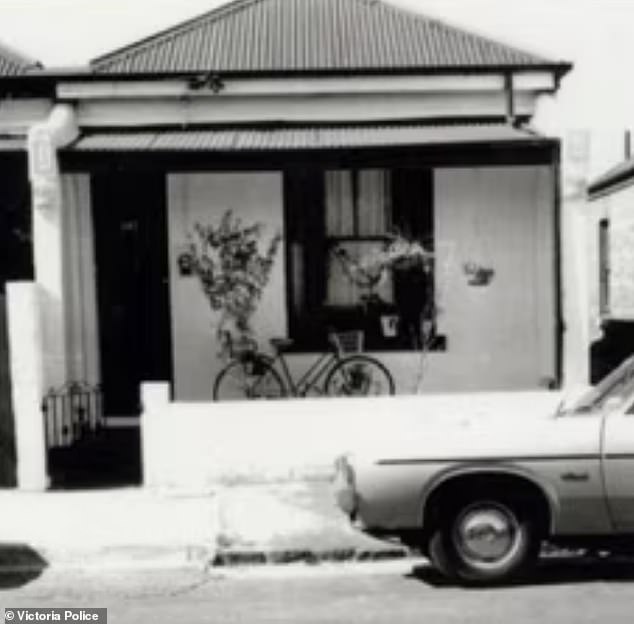
The neighbors raised the alarm after hearing a child crying inside the house
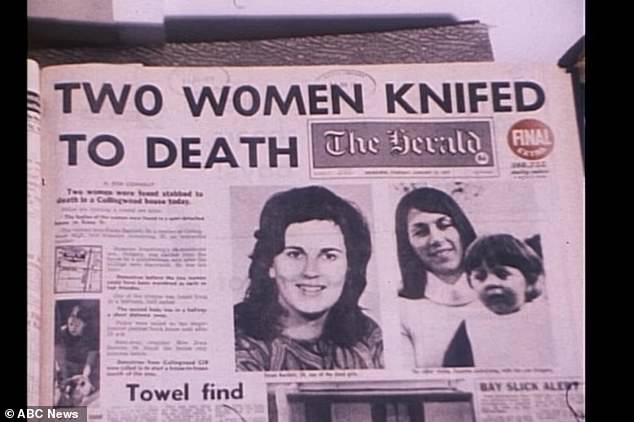
A newspaper article about the Easey Street deaths in 1977

Victoria Police Chief Shane Patton (pictured) described the killings as “an absolutely horrific, horrific and frenzied homicide”.
“This is the most serious and longest-running cold case in Victoria that we have ever solved, which is why it is such a significant achievement,” the Chief Commissioner said.
“There is simply no expiration date for crimes as brutal as this.”
Police on Monday refused to deny speculation that they were involved in smuggling Kouroumblis out of Greece and declined to comment on the case.
Mrs. Armstrong and Mrs. Bartlett were last seen alive on January 10, 1977, and their bodies were found three days later.
At the time, Kouroumblis was living in Bendigo St, Collingwood, close to the house where Ms Armstrong and Ms Bartlett were murdered in what became known as the “Easey Street murders”.
On Sunday, it emerged that the then teenager had been arrested by a junior police officer who found a knife in the boot of his car, which had traces of the same type of blood as one of the victims.
But when questioned, he claimed to have found the gun on nearby train tracks, a claim police initially accepted.

